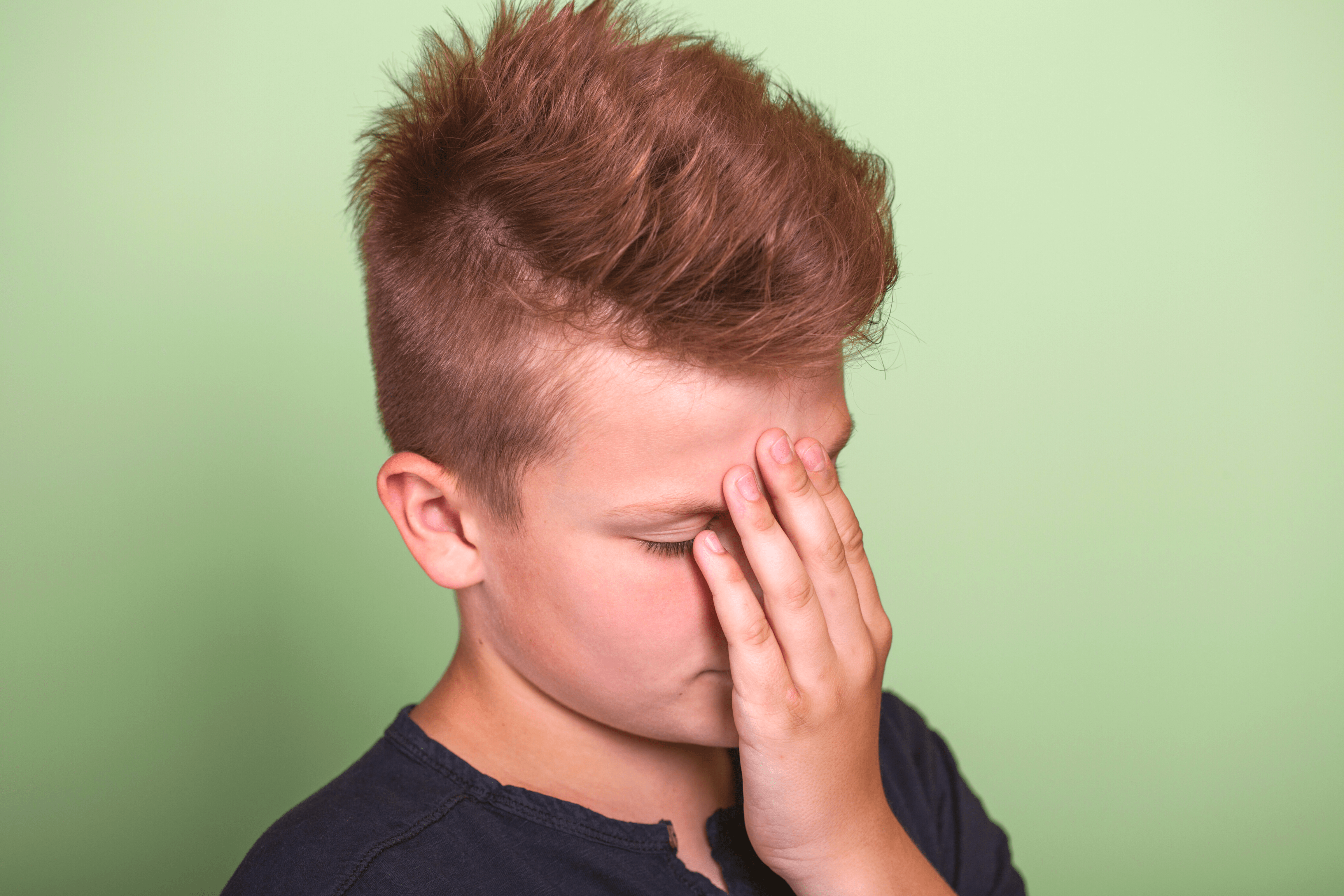The significant mental health crisis the world is experiencing is at RED level status, so understanding the types of therapy available to you and your family in the moment of crisis is extremely important, and I know not everyone is a therapist, like me. I am hopeful my knowledge and experience will help you or someone you love should a mental health crisis happen.
In the spring of 2022, I was experiencing an enormous influx of calls and messages from parents of kids in middle and high school but also, from friends! In one day, I had a friend call needing help getting her depressed husband immediate mental health help. He was on the verge of suicide and she had nowhere to turn for support. Several hours later another friend called and her middle school daughter had disclosed to her that she was actively engaging in self harm and needed an immediate assessment.
Types of Therapy and The Pandemic
The problem with the country in the current “pandemic crisis mode” is that almost every therapist on your insurance list (and it’s a tiny list) is full. They are backed up for months. And the ones who do have space are cash only and you will pay $175 an hour for their services. Your private psych hospitals are $1500 a day, A DAY and most of them want your money upfront.
If you are lucky enough to live in a metropolis like Houston, you have a few places to choose from but in small rural spaces, you are unlikely to find all the types of therapy and mental health services needed to support your child.
Don’t get me started on the number of beds that the psychiatric hospitals have open right now! One friend waited almost two days at a general hospital emergency room before a bed became avilable for her suicidal teen. And because of the pandemic, parents can no longer visit, in person, their mentally struggling teen.
Some sites aren’t even doing zoom therapy or visitation sessions. So you drop off your very fragile, suicidal teen, hug them close and say goodbye and hope it’s not the last time you see them. It sucks big time.
So… you can see exactly why getting the right types of therapy before you get to the crisis point is critical.
Understanding the Different Types of Therapy
These days there are so many types of therapy a teen can engage in. One is called “Client- centered therapy”, or person centered therapy. It was founded by a psychologist named Carl Rogers in the 1940’s and 1950’s. This type of therapy includes a partnership in the therapeutic process. The therapist doesn’t direct or judge your feelings or offer suggestions or solutions.
Rogers said that “people have a self-actualizing tendency, or a desire to fulfill their potential and become the best that they can be. His form of therapy was intended to allow clients to fulfill that potential by relying on their own strength to change” Rogers CR. Am Psychol. 1946;1(10):415-22. doi:10.1037/h0060866
To me the irony in his techniques is that the basis for his counseling practice are things that I and many of my colleagues already do in our counseling practice. The environment is supposed to be comfortable, non-judgemental, and empathetic.
In technical terms, Rogers says you need the following: “genuineness and congruence, Unconditional positive regard and empathic understanding.
Those are three big DUHSSSSS for me. Lol I cannot possibly consider being in a therapeutic relationship with anyone, as a client or therapist, that wasn’t based on these tenets. This is all about self awareness and for me, as a therapist, it’s a no brainer.
I have a hard time swallowing the idea that there are therapists out there that don’t base their clinical practice on this. But, then again, maybe it’s not so hard to imagine. Sadly.

Art Therapy
Art therapy is probably my favorite type of therapy. But I’m biased because I am a therapist and I use art as a form of therapy in my practice. Here is what the American Art Therapy Association says it’s all about.
“Art therapy is an integrative mental health and human services profession that enriches the lives of individuals, families, and communities through active art-making, creative process, applied psychological theory, and human experience within a psychotherapeutic relationship.
Art therapy, facilitated by a professional art therapist, effectively supports personal and relational treatment goals as well as community concerns. Art therapy is used to improve cognitive and sensorimotor functions, foster self-esteem and self-awareness, cultivate
emotional resilience, promote insight, enhance social skills, reduce and resolve conflicts and distress, and advance societal and ecological change.” When I use art as a form of therapy I am usually working with someone who is creative, or struggles with meeting new people or being in new situations. I use art in my sessions to observe how someone approaches a challenge, handles disappointment or frustration. I watch a picture of their family evolve and see what it shows me about each person as they relate to the client.
There are so many ways to engage clients through art. Oftentimes art therapy is used with young clients who may have something they need to work out and haven’t quite developed the communication skills to talk about it. It works well with nonverbal clients as well as the young ones. I always have art supplies on hand in my office and to be honest in my car and tote bag. A set of markers may be all that stands between you and a very very awkward and quiet therapy session. Lol
GROUP THERAPY
For pre teens and teens group therapy is another highly successful way to engage a group of like minded people. There are ideals for number of sessions, number of participants and frequency of the sessions.
There is group therapy for specific topics such as drug and alcohol abuse. There are groups or victims of crime or abuse. I run a SEL, Socio Emotional Learning, group that provides all participants skill work in improving communication, self esteem, successfully navigating social media, stress and time management and developing their skills related to school and learning.
These groups are 6 weeks long and serve the purpose of aiding participants in developing and testing out new skills in a safe environment with like minded peers. These groups are specifically designed to normalize the issues that the participants are experiencing and provide

tools and techniques to successfully navigate the various themes that cause this age group stress and anxiety. I cannot tell you how impacting it is when a group of middle school girls sit around the table and realize they all have the same anxieties over a topic and you watch as their shoulders drop and they heave a huge sigh of relief that they are not the only people in the world that are struggling with this topic. It’s a relief and to see the show on their faces is just amazing.

No matter what direction you decide to go, a strong connection with your therapist is crucial, especially for your kids. Your child must feel safe and have trust in their counselor or things won’t work out. Encourage your child to give it three sessions before trying to find someone else. Sometimes the connection takes time, sometimes they have to see for themselves that this person isn’t going to quit or back down just because they are silent or don’t want to share too much.
Whatever process that you find, if it works, STICK WITH IT. Do whatever it takes to get your kid the support and help they need. If they ask for therapy, get it for them. They need to see that you are taking their needs seriously and you have their back. It’s crucial. Especially in terms of talking about their mental health.
You got this.


